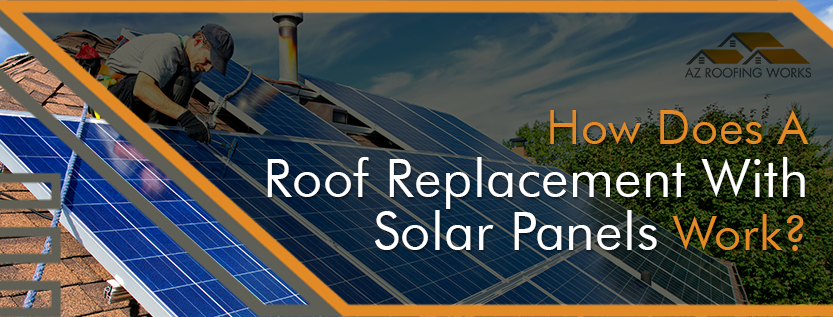How Does Replacing a Roof with Solar Panels Work?
Replacing a roof with solar panels has become an increasingly popular choice for homeowners seeking to reduce their carbon footprint and save on energy costs. In this article, we will delve into the process of installing solar panels on a roof, highlighting the key steps involved.

Step 1: Roof Assessment
Before embarking on the installation process, a thorough assessment of the roof is essential. This includes evaluating its condition, age, and structural integrity. Any necessary repairs or replacements should be addressed prior to installing the solar panels to ensure a solid foundation.
Step 2: Design and Planning
Once the roof assessment is complete, the next step is to design a solar panel system that is tailored to the specific needs of the homeowner. Factors such as energy consumption, available roof space, and local regulations are taken into consideration during this stage. A professional solar installer will create a detailed plan, including the optimal placement and number of panels.
Step 3: Permitting and Documentation
Before commencing the installation, it is crucial to obtain the necessary permits and documentation. This often involves working closely with the local authorities and utility companies to ensure compliance with building codes and interconnection requirements. The solar installer will handle the paperwork to streamline this process.
Step 4: Installation

The installation process begins with securing the necessary equipment and materials. The solar panels are carefully mounted onto the roof using specialized racking systems that ensure stability and long-term durability. The electrical wiring is then connected to the panels, allowing for the conversion of sunlight into usable electricity. Trained professionals carry out this step to ensure the highest level of safety and efficiency.
Step 5: Inspection and Connection
Once the installation is complete, a comprehensive inspection is conducted to verify that the system meets all regulatory standards. This includes checking the electrical connections, ensuring proper grounding, and evaluating the overall performance of the solar panels. Once the system passes inspection, it can be connected to the electrical grid, allowing for the seamless integration of solar energy into the home.
Step 6: Monitoring and Maintenance
After the installation, monitoring the solar panel system’s performance becomes crucial. Homeowners can track energy production and consumption through a monitoring system, which helps identify any potential issues or inefficiencies. Additionally, routine maintenance, such as cleaning the panels and inspecting the components, is recommended to ensure optimal efficiency and longevity.
By following these steps, homeowners can successfully replace their roofs with solar panels, enabling them to harness the power of the sun while contributing to a more sustainable future. It is always advisable to consult with a professional solar installer to ensure a smooth and efficient installation process.
